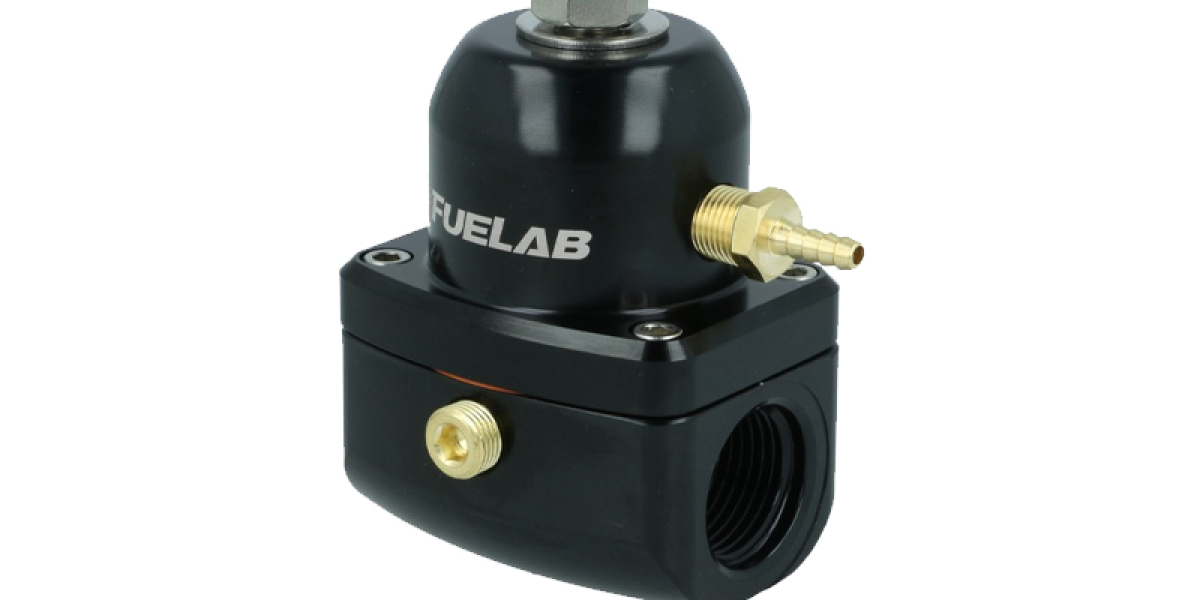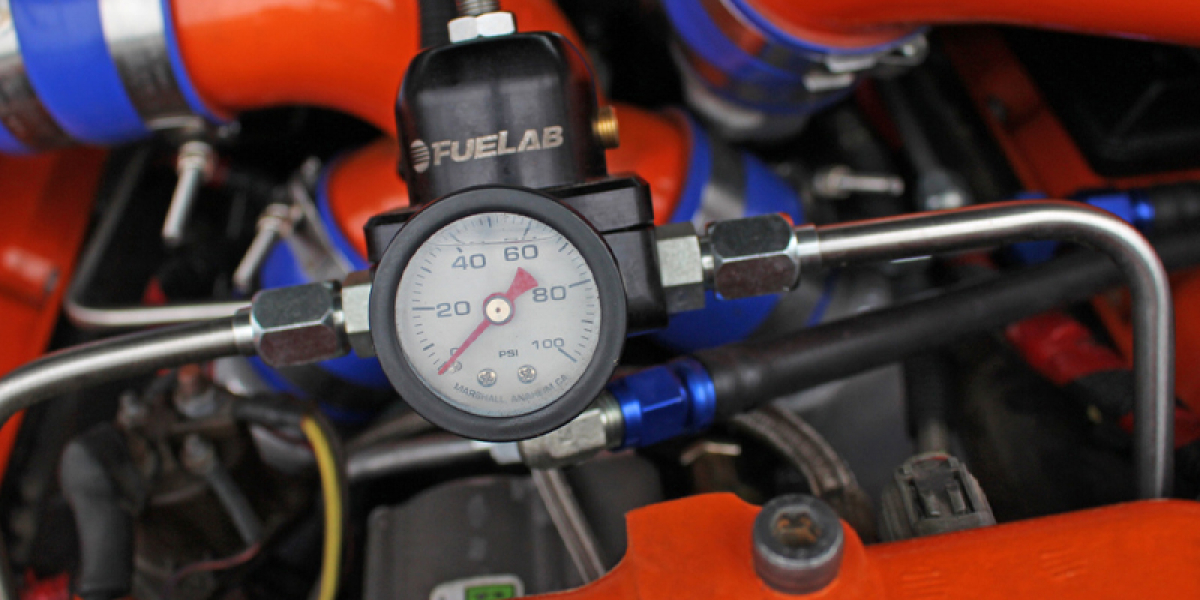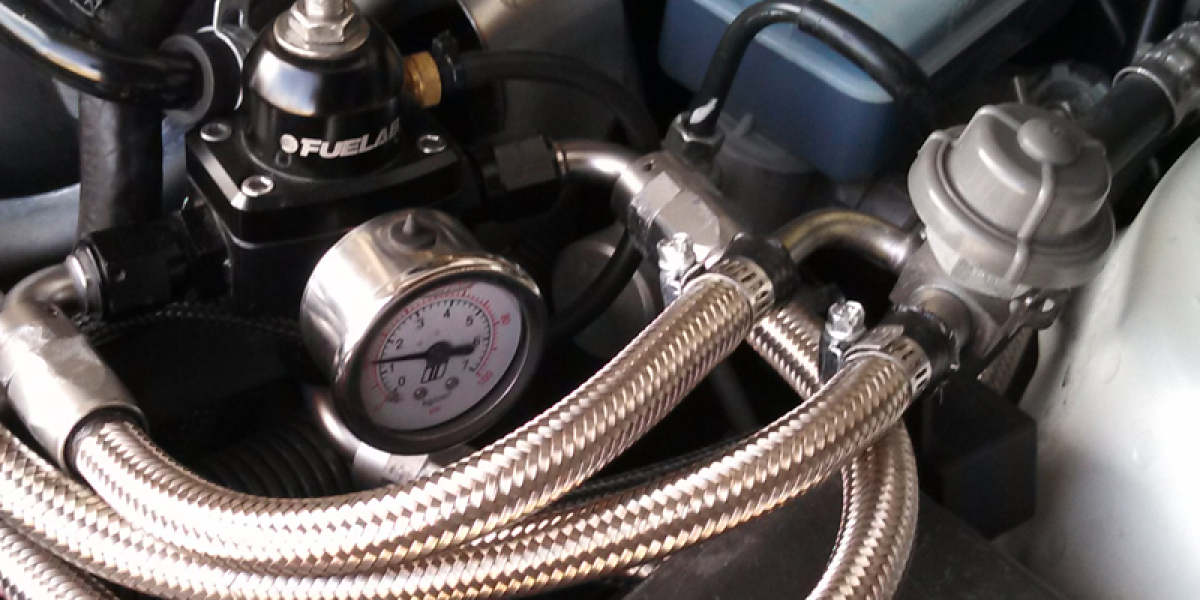The Best Location For A Fuel Pressure Regulator

Location, location, location! Its not only the number one rule in real estate, but its also a contested point when mounting a fuel pressure regulator. There are those who believe its best to place a fuel pressure regulator close to the fuels destination (fuel rail, fuel log, carburettor, diesel or direct injection pump). While others feel its just fine to place it further away. Sometimes at the opposite end of the vehicle. Either philosophy could be correct, depending on the application.
The choice of regulator location can affect the ease of installation, adjustment, and appearance. Some people may elect to mount the regulator in a space that is convenient, and/or easy to access. Or, they may mount it in an out-of-the-way location to achieve a cleaner look.
However, when it comes to performance, fuel pressure regulation can be affected by regulator location. Therefore, the further away the regulator is from the destination fuel rail, carburettor, diesel injection pump, etc., the longer the fuel line is between them. The longer the fuel line, the greater the potential for fuel pressure loss.
Hence, getting the regulator close to its destination can help pressure regulation. With many applications, there isn’t a need for a high degree of pressure regulation, or the overall flow demand is not as great. In these instances, the amount of fuel pressure error created by placing the regulator away from the destination is insignificant. So, the choice to place the regulator close can be secondary to choosing a location for ease of installation, adjustment, and appearance.
Application examples include:
Diesel Systems OE or Mildly Modified
For some OE or mildly modified diesel systems, pressure error or differences in pressure do not affect the system as much. For example, FUELAB lift pump systems have integrated relief valves regulating the pressure within the assembly. For applications that are not subject to high g-forces and do not require very highly accurate pressure, this regulation point is not a significant distance from the injection pump to cause an error or a loss of pressure, during high demands. The level of performance is acceptable.
“Lower Power” Gas or Ethanol Systems
Carbureted or EFI systems that are not using extreme amounts of flow rate may not lose significant pressure regulation when having added distances from the carburettor, fuel log, or fuel rail. Then there are the applications in which close placement becomes more important.
High G” Launches
Vehicles used for drag racing are subjected to high g-force launches, which can reduce fuel pressure. This could occur if the fuel line between the regulator and the destination fuel rail, fuel log, carburettor, diesel or direct injection pump is positioned to run lengthwise on the vehicle. As well as when the regulator is placed behind the fuel destination. The g-forces at launch can actually push fuel away from the fuel destination. And the effect is a direct function of the length of the fuel line. The shorter the line, the less pronounced this condition will be.
Therefore, having the regulator close can remove or minimize this error. Its interesting to consider that if the regulator is placed in front of the fuel destination it can actually increase fuel pressure. Especially with carbureted applications. Note, that no issues are created by high g-force launches if the fuel line between the regulator and destination runs perpendicular to the direction of the launch.
High Power Applications
High power applications (500+ horsepower) are typically characterized by a great amount of difference in fuel flow rate between idle and full throttle. When the throttle is applied quickly, the resulting sudden and large increase in fuel flow rate creates fuel pressure loss between the regulator and the fuel destination. Placing the regulator close will reduce the pressure loss. It should be noted that high-performance diesel applications which use a lift pump with an internal regulator can also benefit from an external regulator that is close to the injection pump.
Extra Low Fuel Pressure Systems
Typically, low-pressure carbureted or injection pump systems can experience a greater difference in the “percentage” of change regarding the error. A 1/2 PSI change in fuel pressure is not significant for 60 PSI EFI systems, however, for a 2 PSI system it can be dramatic. Close placement of the pressure regulator is recommended.
Its important to choose the correct location for your fuel pressure regulator. In many cases, you can mount the regulator in a location to satisfy ease of installation, adjustment, and appearance. However, in the cases of high power applications, extra-low fuel pressure systems, and high-g launches, its best to mount the regulator as close to the fuel delivery destination as possible. It can make the difference between being the winner or being the loser.


